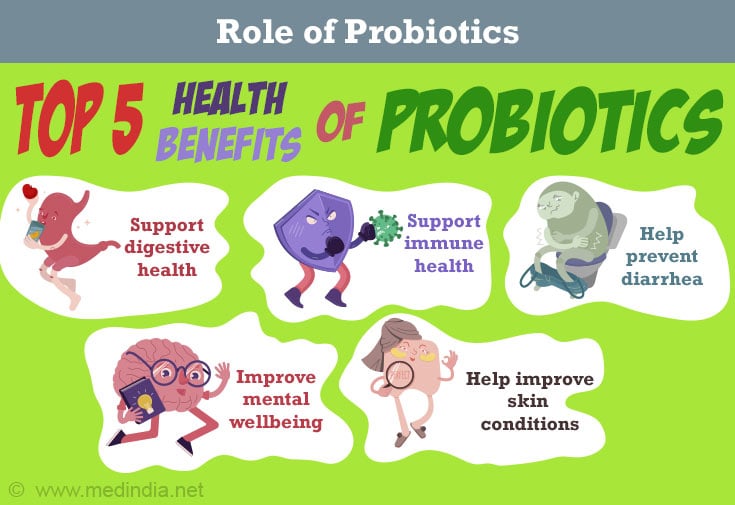- Hasain, Z., Mokhtar, N. M., Kamaruddin, N. A., Mohamed Ismail, N. A., Razalli, N. H., Gnanou, J. V., & Raja Ali, R. A. (2020). Gut microbiota and gestational diabetes mellitus: A review of host-gut microbiota interactions and their therapeutic potential. Frontiers in Cellular and Infection Microbiology, 10, 188. - (https://doi.org/10.3389/fcimb.2020.00188)
- Crusell, M. K. W., Hansen, T. H., Nielsen, T., Allin, K. H., Rühlemann, M. C., Damm, P., Vestergaard, H., Rørbye, C., Jørgensen, N. R., Christiansen, O. B., Heinsen, F.-A., Franke, A., Hansen, T., Lauenborg, J., & Pedersen, O. (2018). Gestational diabetes is associated with change in the gut microbiota composition in third trimester of pregnancy and postpartum. Microbiome, 6, 89. - (https://doi.org/10.1186/s40168-018-0472-x)
- What Causes Gestational Diabetes? - (https://www.cdc.gov/diabetes/basics/gestational.html)
- Rinninella, E., Cintoni, M., Raoul, P., Lopetuso, L. R., Scaldaferri, F., Pulcini, G., Miggiano, G. A. D., Gasbarrini, A., & Mele, M. C. (2019). Food components and dietary habits: Keys for a healthy gut microbiota composition. Nutrients, 11(10), 2393. - (https://doi.org/10.3390/nu11102393)
- Valdes, A. M., Walter, J., Segal, E., & Spector, T. D. (2018). Role of the gut microbiota in nutrition and health.
BMJ, 361, k2179. - (https://doi.org/10.1136/bmj.k2179) - Ponzo, V., Fedele, D., Goitre, I., Leone, F., Lezo, A., Monzeglio, C., Finocchiaro, C., Ghigo, E., & Bo, S. (2019). Diet-gut microbiota interactions and gestational diabetes mellitus (GDM). Nutrients, 11(2), 330. - (https://doi.org/10.3390/nu11020330)
- Sililas, P., Huang, L., Thonusin, C., Luewan, S., Chattipakorn, N., Chattipakorn, S., & Tongsong, T. (2021). Association between gut microbiota and development of gestational diabetes mellitus. Microorganisms, 9, 1686. - (https://doi.org/10.3390/microorganisms9081686)
- Dolatkhah, N., Hajifaraji, M., & Shakouri, S. K. (2018). Nutrition therapy in managing pregnant women with gestational diabetes mellitus: A literature review. Journal of Family & Reproductive Health, 12(2), 57-72. - (https://doi.org/10.3390/microorganisms9081686)
Gut microbiota is the colonies of different species of microorganisms living in the digestive tract. About 100 trillion microbes, including bacteria, viruses, eukaryotic, and archaea microorganisms reside in the human gut and establish a strong relationship with human health. The bright side of gut microbiota can be seen in metabolic health, digestion, metabolism of nutrients, immunity, neurological functions, and many more.
Gut Health and Gestational Diabetes Mellitus: Link Explored
The microbiota is grouped as:
- Commensal symbionts, the healthy group that manifests symbiotic relationship with its host.
- Pathobionts, the harmful group that may set off asymbiotic relationship with its host.
A balance in the two groups contributes to a healthy gut whereas alterations can lead to dysbiosis (reduction in microbial diversity) in the microbiota, thereby correlating with negative health effects. There are hundreds of different species of microorganisms found in a human’s gut.
Although, 90% of the gut microbiota is dominated by the two phyla—Firmicutes and Bacteroidetes, the predominantly occurring genera of the Firmicutes phylumare Lactobacillus, Clostridium (represents 95% of the Firmicutesphyla), Enterococcus, Bacillus, and Enterococcus, and of the Bacteroidetes phylumare Bacteroides and Prevotella were studied.
A diverse, rich community of microorganisms represents a healthy, balanced gut microbiota. The link between gut microbiota dysbiosis and health is well established in several studies. Commonly studied are gut health and heart diseases, obesity, cancer, diabetes, digestive diseases, and neurological disorders.
Gestational Diabetes Mellitus (GDM) is a type of diabetes that onsets during pregnancy. It is a very common complication during pregnancy and is characterized by altered glucose regulation.
The adverse outcomes of GDM include preeclampsia (high blood pressure during pregnancy), macrosomic baby (a newborn child weighs more than 4,000 grams or 8 pounds and 13 ounces, irrespective of the gestational age), shoulder dystocia (birth injury), cesarean delivery, and neonatal hypoglycemia (low blood glucose levels).
The predisposing factors of gestational diabetes are obesity, age, medical history of GDM, genetics, and ethnicity. Adding on to the list, gut microbiota dysbiosis is considered an important factor in recent times.
Diet and Gut Health
Gut microbiota is dictated by lifestyle, eating habits, drugs, mental health (stress, anxiety, and depression), cultural habits, and disease conditions. The gut microbiota composition differs for every individual.

Dietary habits play a crucial role in maintaining gut health. Studies demonstrate that consuming plant proteins like legumes, sprouts, whole grams, pulses, and complex carbohydrates like fruits, vegetables, and whole grains promotes a healthy gut.
A westernized diet comprising high amounts of additives, sugar, salt, and saturated fat can alter the diversity of the gut microbiome, causing dysbiosis and portraying adverse health outcomes to the human body.
Mediterranean diet has been researched to have a beneficial influence in increasing short-chain fatty acids and beneficial bacteria like Bacteroides in the gut and to reduce the levels of E. coli. Hence, include gut health foods like fiber-rich, whole foods, nuts, legumes, pulses, fruits, and vegetables in your daily diet.
What is the Natural Cure for Gestational Diabetes?
In most women, gestational diabetes is present only during pregnancy, and glucose homeostasis is restored after delivery. However, many women step into type 2 diabetes post-partum. To prevent this, different treatment options are available to control gestational diabetes.
The primary aim in the treatments for GDM is to maintain glucose homeostasis or optimal blood glucose levels. The treatment plans concentrate on diet, regular physical activity, and in some circumstances, the use of insulin or other drugs might be recommended.
Diet is a crucial component that can help maintain blood glucose levels. Hence, tweaking the diet to keep glucose levels under normal is vital. Focusing on the type and quantity of carbohydrates consumed is advisable. Limiting the intake of simple sugars, refined carbohydrates, fruits/fruit juices, and including more complex carbohydrates, high fiber, and unrefined foods in small, frequent meal patterns is the suggested GDM diet.
Exercise is a helpful tool to manage fasting and postprandial blood glucose levels in pregnant women.
How Does Gut Affect Diabetes?
Dysbiosis in gut microbiota with a spurt in harmful bacteria and a decrease in beneficial bacteria has been shown to precipitate maternal metabolic changes and pregnancy-related complications, like prematurity and preeclampsia. This imbalance in the microbial community in the gut is associated with the metabolism of glucose and insulin resistance, thereby playing an important role in the pathogenesis of GDM.
The Firmicutes/Bacteroidetes ratio can be used as a marker for insulin resistance and obesity. Studies reported that a higher Firmicutes/Bacteroidetes ratio was seen in GDM women, which explains the change in glucose metabolism and insulin resistance. Another research conducted among overweight pregnant women displayed that gut dysbiosis in early pregnancy resulted in gestational diabetes during the oral glucose tolerance test.
To add more strength to the gut health and GDM correlation, a study compared the gut microbiota of healthy pregnant women and pregnant women with gestational diabetes. The study results showed that women with GDM had a higher composition of pathobionts (harmful microorganisms) and lower expression levels of beneficial microbes.
Role of Probiotics
Probiotics refer to live microorganisms that render beneficial health benefits to their host when ingested in adequate amounts. Probiotics are present in many foods and are also sold as supplements.

They exert favorable health benefits namely reducing pathogenic microorganisms and promoting balance in microbial composition in the gut, immunity regulation, lipid metabolism regulation, insulin sensitivity, metabolism, and many more. In general, probiotics are well-tolerated and safe, although constant monitoring is recommended to prevent adverse outcomes. The commonly used microorganisms in pharmacological products are Lactobacillus and Bifidobacterium.
Probiotics are efficacious in managing blood sugar levels in gestational diabetes. A study conducted among women with GDM showed that probiotic supplementation for 6 to 8 weeks reduced fasting blood sugar levels. Probiotics have also been studied to be helpful to turn-down insulin resistance, improve immunity, and better glucose regulation among women diagnosed with GDM.
Bottom Line
Zooming in to build a healthy, well-balanced, diverse community of microorganisms in the gut can be a rewarding tool along with the existing Medical Nutrition Therapy, namely diet, physical activity, and drug treatment in the prevention and management of gestational diabetes mellitus.









